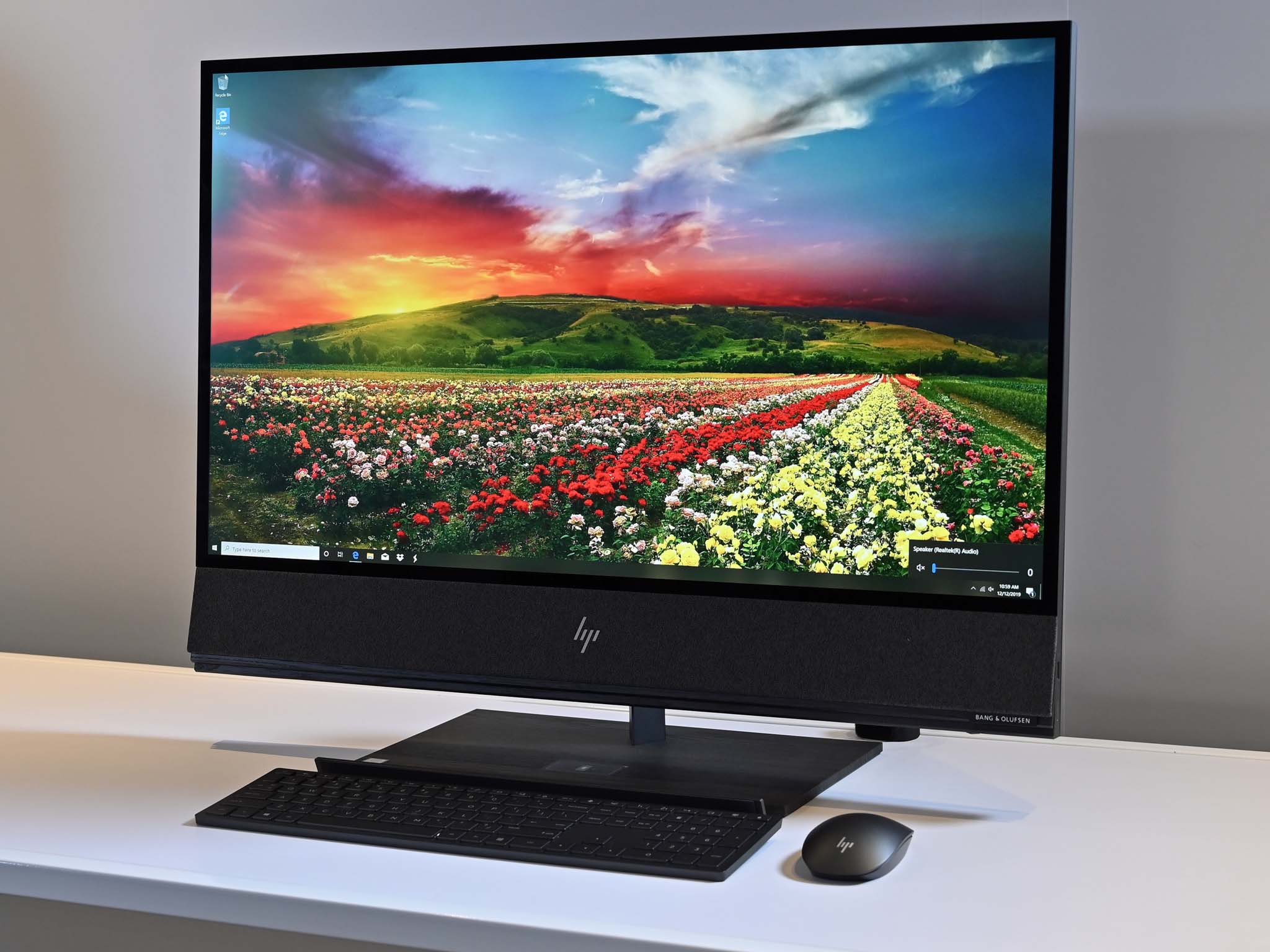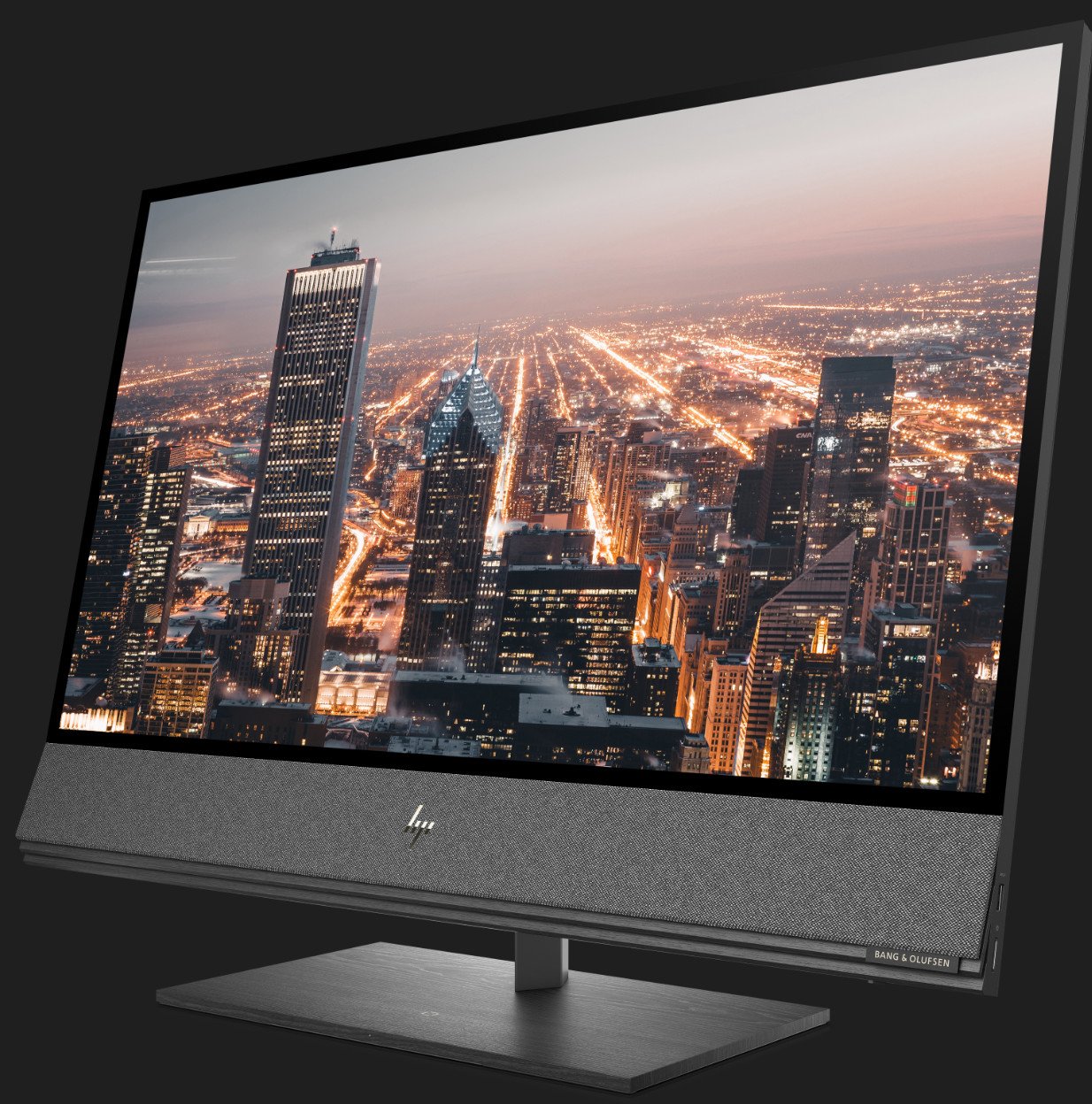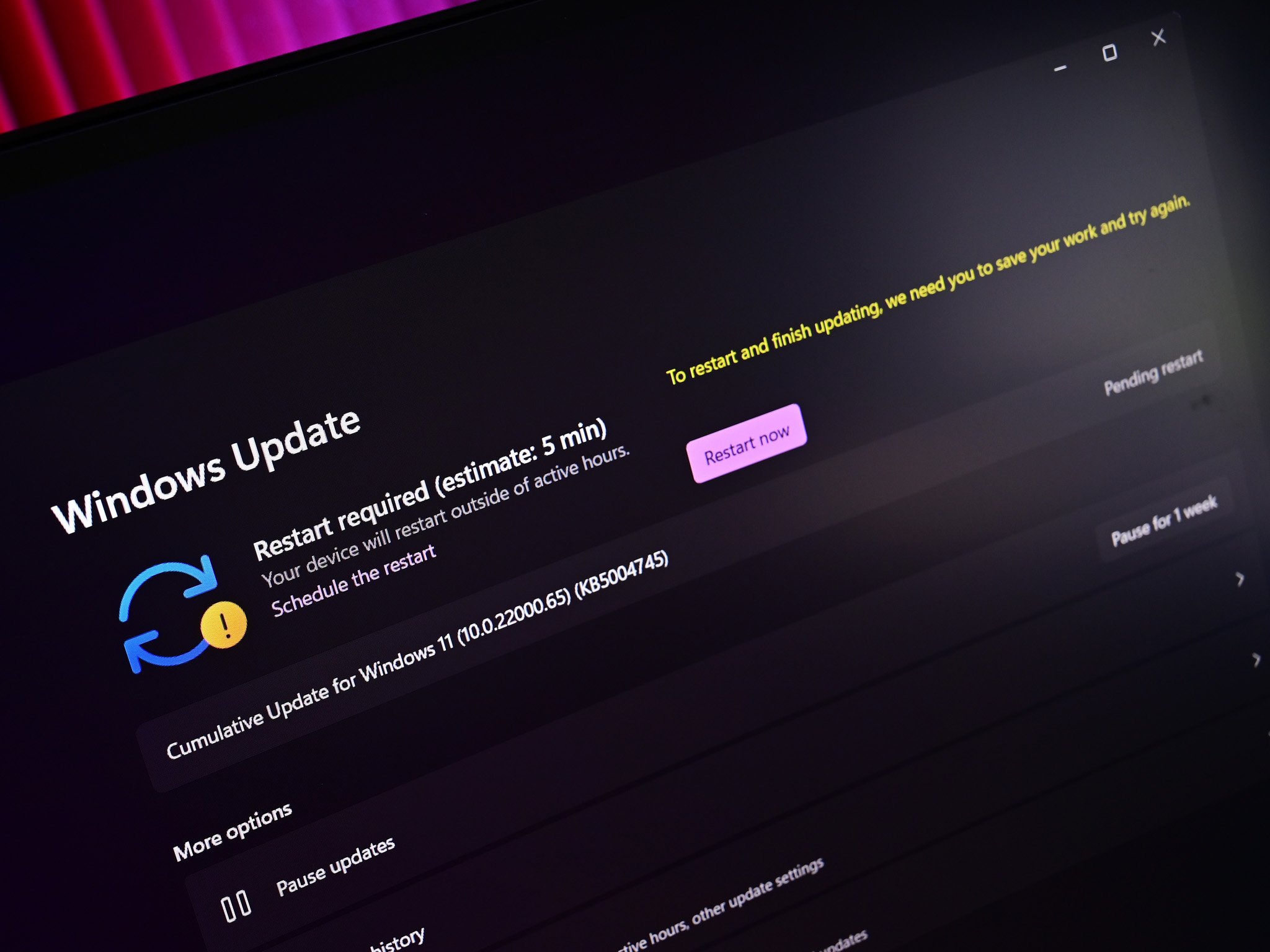What happened to all the good Windows 10 all-in-one PCs?
The amount of 'good' all-in-ones from PC makers is lacking in 2021

I've been in the market for a new PC these last few months. Up until recently, I was using a mid-tier first-generation Surface Studio from 2016, which I absolutely adored. It's a beautiful all-in-one with a display that's unmatched, but its aging processor and graphics chip were starting to become noticeable in my workflow. Naturally, my first port of call was the Surface Studio 2. I ordered one, but I just couldn't justify the price I was paying for specs that aren't much better than the first Surface Studio (Microsoft continues to sell the Surface Studio 2 for full price, which is $4,250 for the mid-tier option that I was interested in).
So I returned the Studio 2 and begun my hunt for a new PC. I really like the all-in-one form factor, so that's what I was sticking with, but it became apparent rather quickly that the all-in-one market for Windows 10 PCs isn't very… good. There was a brief period of great PC all-in-ones from HP, Dell, and Lenovo in 2017 and 2018, but many of those products haven't been updated and aren't even sold anymore.
Dell latest all-in-ones are kind of ugly and low-powered, and Lenovo's aren't much better, with meddling specs designed for light usage at most. I was looking for a real PC that was designed for video editing, gaming, and everything else. I wanted an iMac that was built for Windows, but that kind of device does not seem to exist.

The closest thing to an iMac of any kind in the PC space that's also recent is the HP Envy 32. This is the PC I ended up going with, and I love it a lot. It's the best all-in-one PC out there right now. It's beautiful, with built-in wireless charging, incredible audio, a 4K display, RTX 2070 GPU, and a full desktop-class 10th-generation processor that I can upgrade to something newer down the line.
It's exactly what I was looking for, but that doesn't mean I wasn't disheartened by the lack of good options from other OEMs. HP shouldn't be the only PC maker shipping a good all-in-one PC in 2021. I wish other OEMs would up their game and ship something more recent that's designed for the power user at heart.
I wish OEMs would up their game and ship something more recent that's designed for the power user at heart.
The Surface Studio was built to encourage OEMs to manufacture good all-in-one PCs, and they did for a short time with options like the Dell XPS 27, but that time appears to be over as most OEMs are now shipping cheap, low-powered all-in-ones designed for your grandmother. I think it's a real shame, as the all-in-one has real potential among a mainstream audience.
I can't be the only one out there who wants an iMac but built for Windows, right? The Surface Studio 2 isn't that, because it's absurdly expensive and also outdated, and the latest options from Dell and Lenovo don't come close in quality or performance. HP's the only one with something even remotely close to the iMac, and I'm grateful at least one OEM is still trying.
All the latest news, reviews, and guides for Windows and Xbox diehards.
Perhaps the all-in-one is a dying breed? I hope not, but that might be the reality of the situation. The mainstream PC market continues to shift more and more towards mobile computing, with most innovations taking place in the laptops, tablets, and 2-in-1 space. All the OEMs are shipping amazing laptops in 2021, but most of them are not shipping amazing all-in-ones.


